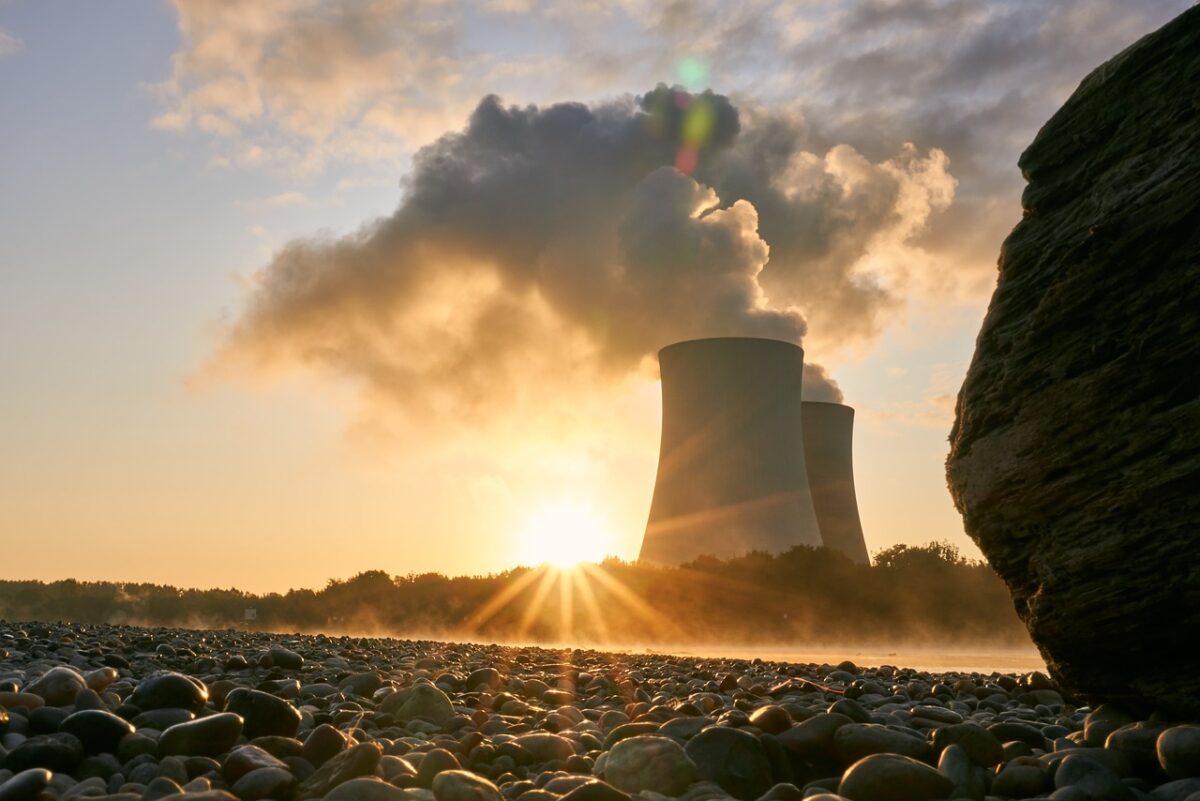Yes, because profit is what’s so important and not part of creating the problem, right?
Why not use both?
Because we only have limited resources and they have to be used wisely. So if it is cheaper to build solar, rather then nuclear, we should use our workers to build solar. The other problem is that nuclear reactors do not last forever, so over time, they will be phased out, just due to economics.
The problem is it’s not that simple from a climate perspective. Solar and wind are great but are incredibly variable which is not good when you need a guaranteed baseline electricity production. There is no situation under which a large nation could reliably just use wind/solar to power the country. Currently nuclear is the only renewable, clean energy source that can produce a stable output.
Nuclear is not renewable. It uses uranium as fuel. It is low carbon and emission free, but not renewable.
There are two solutions to intermittency. First one is a large grid with a lot of differen renewable power sources. It is always sunny somewhere, so when you can move the electrcitiy around, you have much less of a problem. Even better ifyou have wind power as well. With a continent sized grid, you basicly avoid the problem of cloudy days.
Next part is storage. Due to the large grid size you have the ability to use hydro power plants with reservoir as long term storage for particullarily cloudy days or winter and battery and pumped hydro for nights. Biomass is also an option if need be. Maybe we later hydrogen as long term storage as well, for really bad weeks and using it mainly for say chemical plants. Again the better large and interconnected the grid the less storage is needed. In some regions namely large sunny deserts having a nights worth of storage and some emergency backup biomass power plants would be enough. Basicly it runs down to less then a day worth of storage
There are also actually renewable baseloads like hydro power for flow power plants and geothermal, which are also good options. Also variable demand is a thing, which allows for even more renewables.
Seriously intermittency is much less of a problem, then it is made out to be. You just have to add a bit of interconnection and storage to it, but even that is not that expensive and seriousyl usefull.



